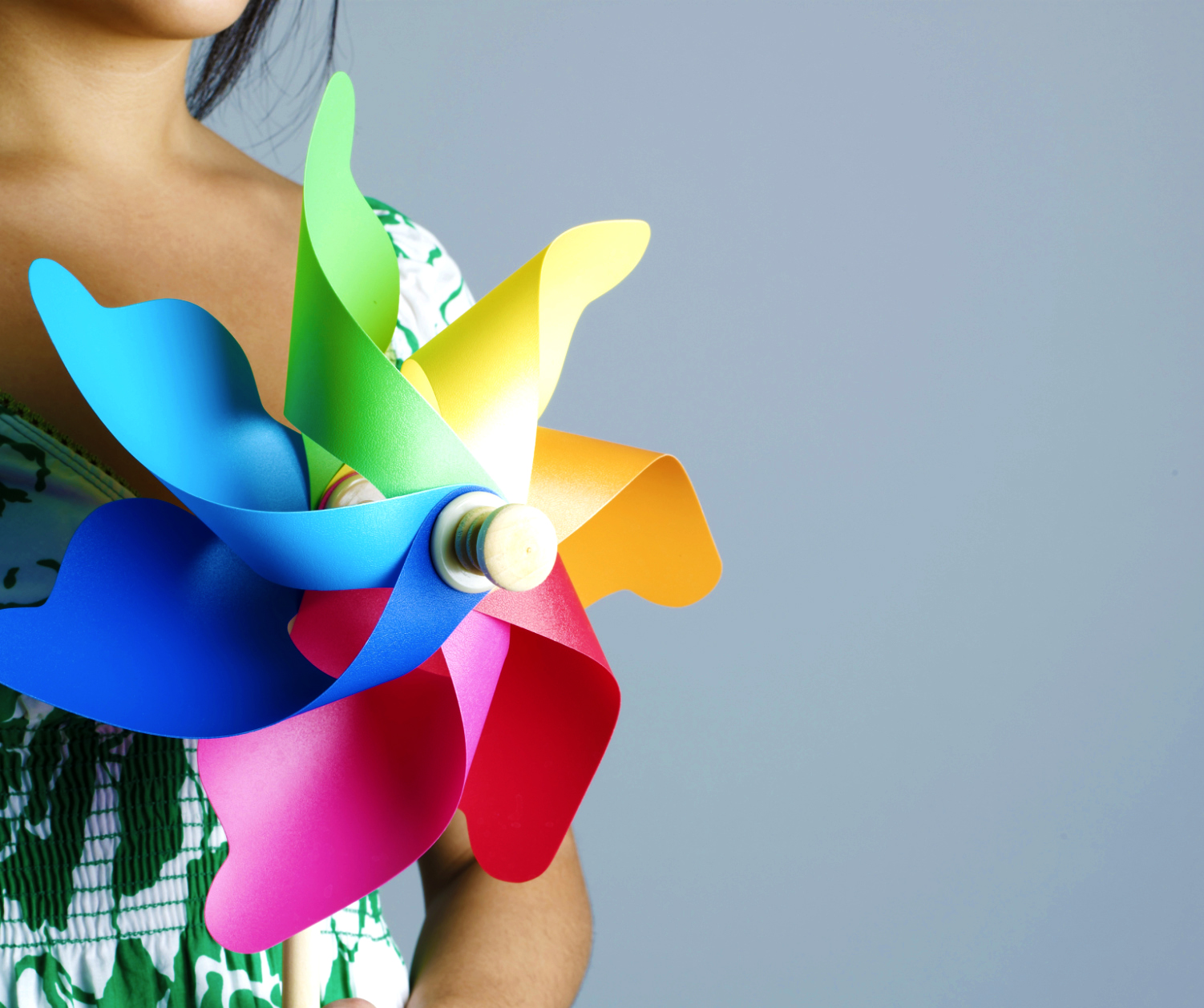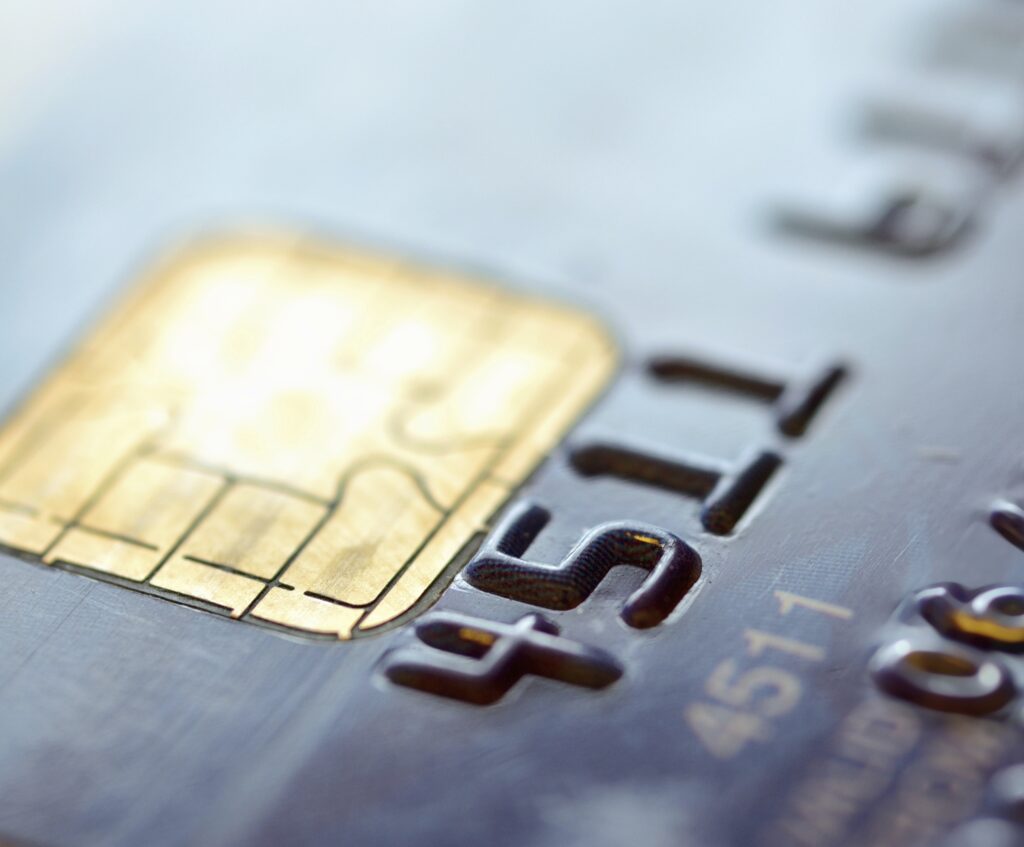The psychology of color and how it influences consumer behavior is a fascinating part of marketing. The challenge for marketers is that it is also controversial. Much of the information published is not backed by factual data. However, the most reliable research in this area pertains to color theory and persuasion. Following are the highlights of these findings.
Color is too dependent on personal preferences, experiences, upbringing and cultural differences to be universally tied to specific feelings. However, here are five ways it does play a substantial role in purchases and branding:
- Up to 90% of snap judgments about products can be based on color alone.
- The relationship between brand and color is dependent on the perceived appropriateness of the color being used (i.e. does the color “fit” what is being sold).
- Colors influence how we view the brand’s “personality”. Example used: Would you want to buy a Harley Davidson motorcycle if you didn’t get the feeling that Harleys were rugged and cool?
- Supporting the brand personality you want to portray is more important than the choice of the actual color itself.
- Our brains prefer recognizable brands. Therefore, it is important for new brands to specifically choose logo colors that stand out from existing competitors.
Color preferences by gender exist and may be important to keep in mind if your ideal buyer segment consists largely of men or largely of women. Following are some general findings:
- Men and women both list blue as their most favorite color.
- Purple is one of women’s top color choices, but one of men’s least favorite colors.
- Men prefer bold colors and women prefer softer colors.
- Men prefer shades (colors with black added) and women prefer tints (colors with white added).
An item or area with strong visual color contrast draws attention and may prompt action. This is known as the isolation effect. This could be important when testing color palettes in web design to guide people to action areas.
Finally, the name of a color does matter. In research studies, consumers evaluated products with different color names. The “fancy” names were preferred (mocha vs. brown) even though the color was the same. Paint colors with elaborate names were rated more favorably than those with simple names. The research found that unusual and unique color names can increase intent to purchase.
Hopefully, this research will help you understand how color can be used to build engagement, provoke action, and appeal to your audience.
Entrepreneur.com, May 2014
Note: the original article is no longer available, but see here for the Guide to Psychology in Marketing from ChamberofCommerce.org
![cat[&]tonic](https://cat-tonic.com/wp-content/uploads/candt_logo-rw.png)




